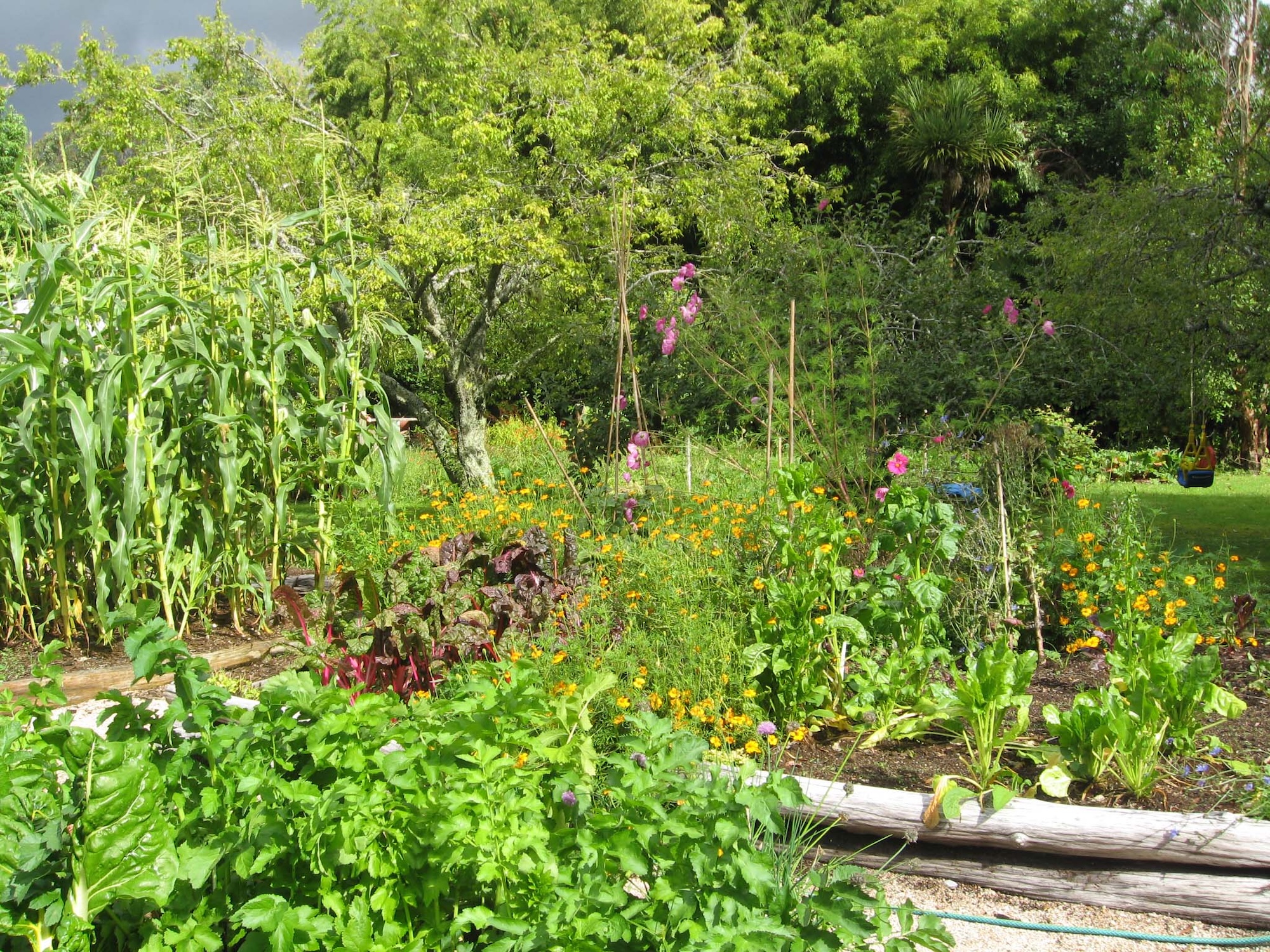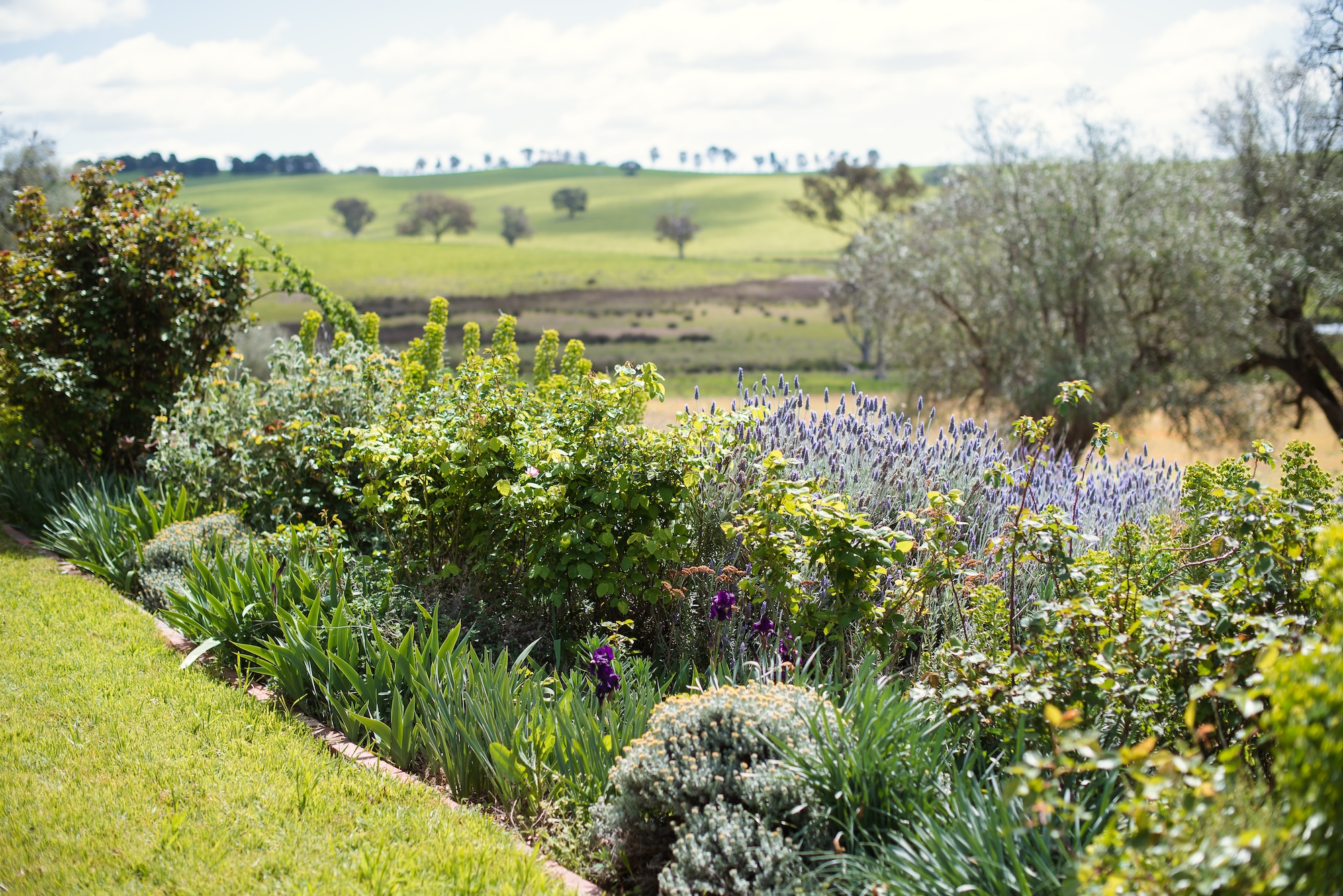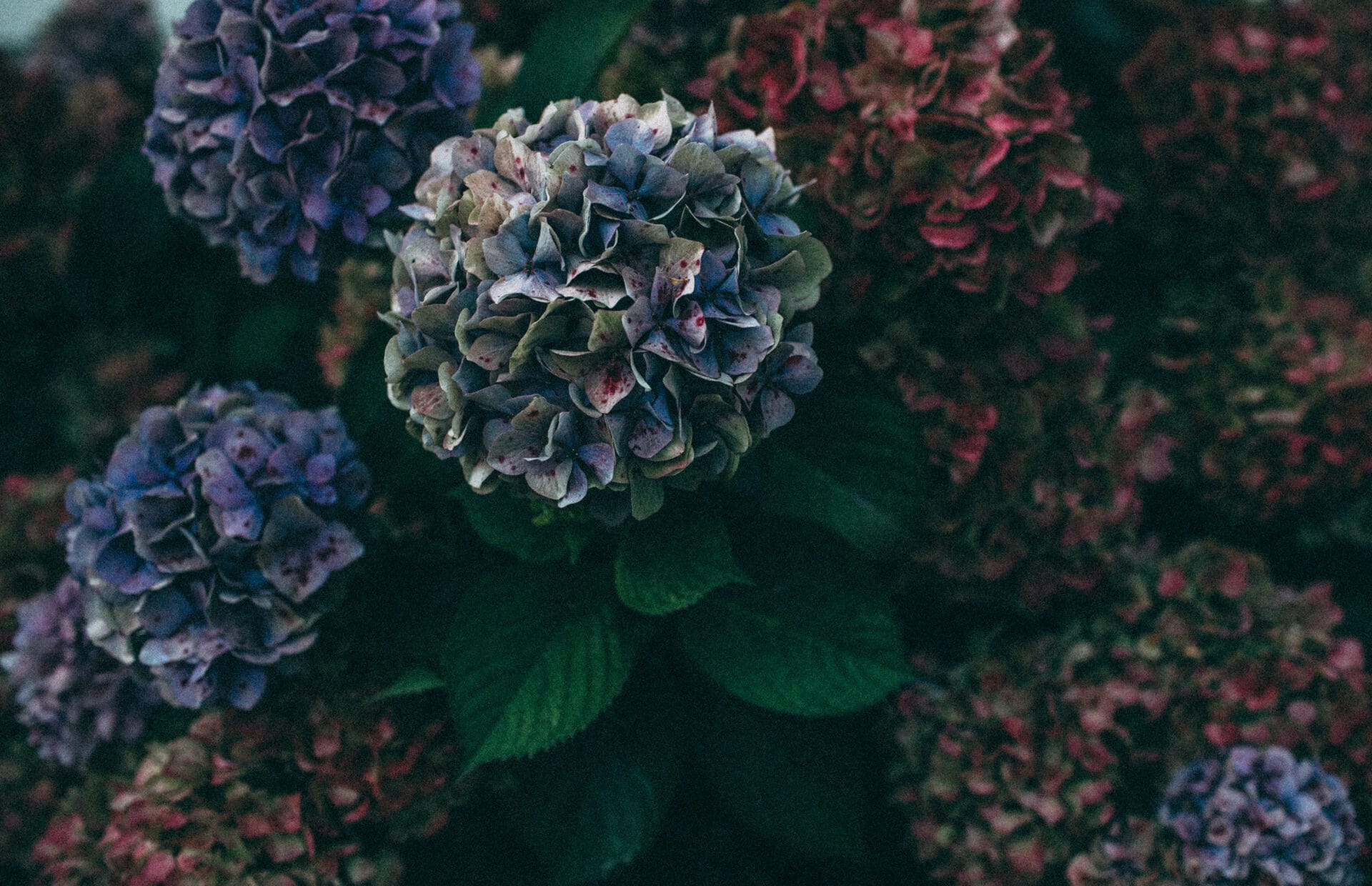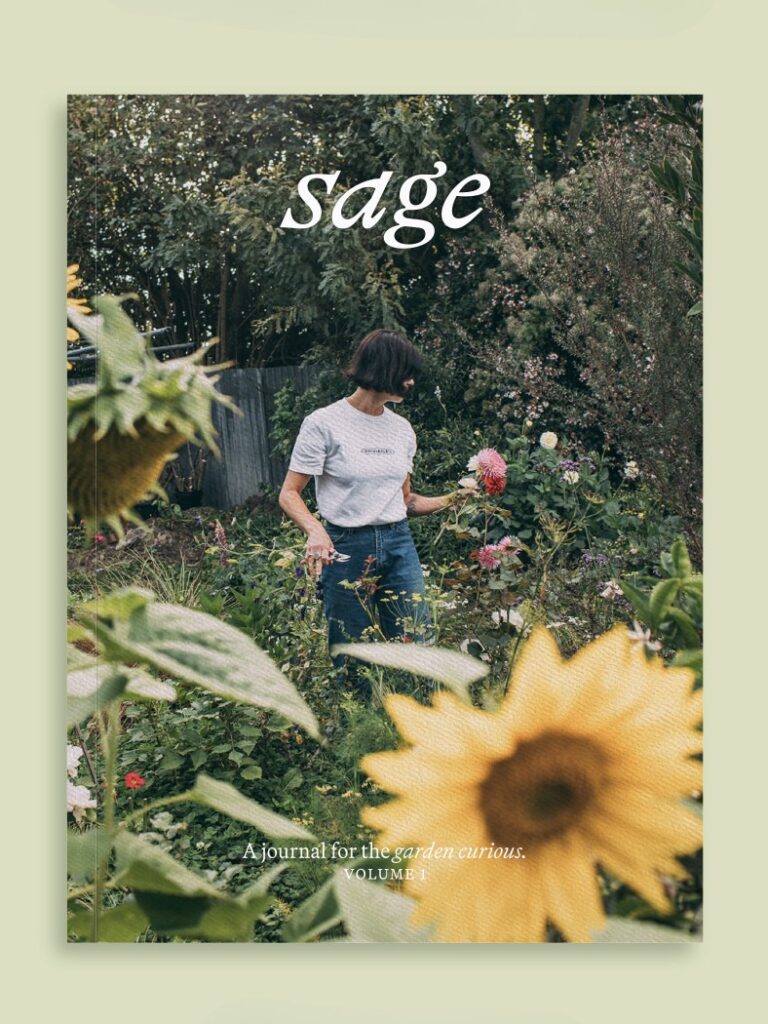Your cart is currently empty!
Living mulch: A smarter way to garden
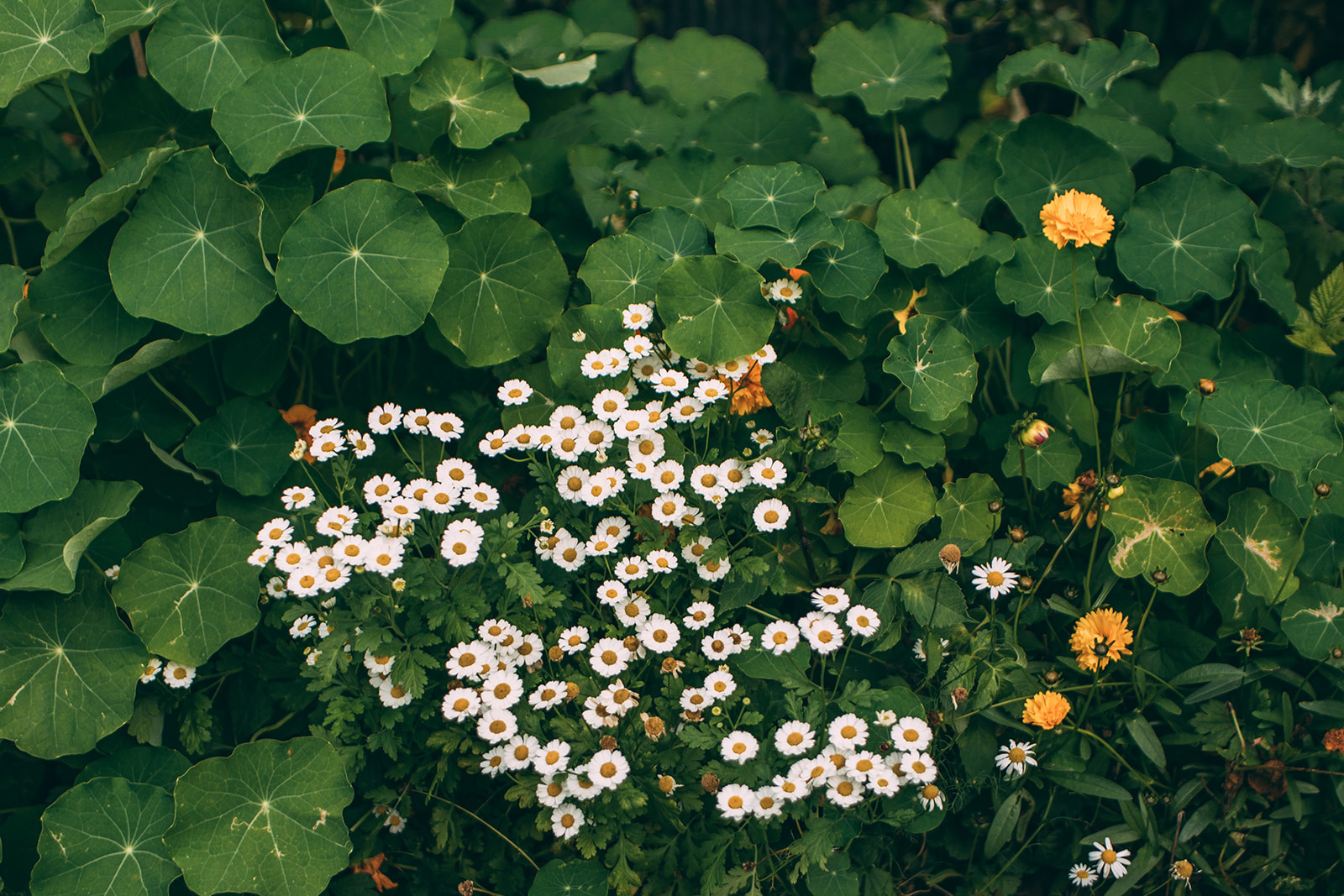
Living mulch: A smarter way to garden
Jesse Mulligan of RNZ invited Sage Journal founder Emma Sage on to his Afternoons programme to discuss the term: Living mulches.
Here’s an expansion of what was discussed on air. Written my Emma Sage.
Do you remember visiting your grandparents’ garden – neat rows of roses, almost-grey soil beneath them, completely weed-free with nothing out of place? Freshly cut edges, and maybe a few pansies dotted around for colour?
Using living mulches is the opposite of this picture.
After spending time with gardener and author, Kath Irvine, this winter — I’ve been inspired to really think about how we cover our soil, and fill up our land with diverse plantings.
Instead of always cleaning things up in the garden, we just… keep it planted. That’s the thinking behind living mulch – a concept that’s simple, smart and surprisingly satisfying once you let go of the idea that a good garden must always be tidy.
—
Listen to Emma’s interview on living mulches with Jesse Mulligan (RNZ) here.
—
What is living mulch?
Kath puts it beautifully: a living mulch is just a mulch that’s alive.
Instead of covering your soil with something dead – like bark, peastraw or garden centre mulch – you cover it with plants. Groundcovers, green crops herbs, annuals, even vegetables. Anything that will keep the soil covered and connected to living roots.
And those roots matter. A lot. Soil biology (we’re talking microbes, fungi, all the good stuff) lives around the roots of plants. When soil is left bare, that biology has nothing to hold onto – and over time, the soil becomes compacted, depleted and lifeless.
Working with biology, not just chemistry
In recent years, there’s been more focus on giving our soil the love and attention it needs. That’s where living mulch can come in. It’s a way to support soil health with biology, rather than just using chemistry — things like synthetic fertilisers, soil conditioners or additives.
The other upside? You can often skip the trip to the garden centre entirely.
There’s no guarantee that bagged mulches or composts haven’t been sprayed with something you wouldn’t want near your veggies. Good mulch isn’t cheap. But with a bit of intention, you can grow your own mulch — right where you need it — and leave it to do its thing.
Winter lessons
I’ve always noticed that my garden feels healthier when it’s full. More life above the ground means more life below it. But I hadn’t really put a name to it until now.
This winter, I had an overrun patch — with a post-summer mess of annual flowers, perennial flowers and herbs, and spent summer veggies. It had been taken over with nasturtiums and wild strawberries, so I thought I’d clear it out to give me a sense of satisfaction and what space I had to play with next season.
But, after a had the satisfaction of giving is a tidy up, I left it bare, waiting for spring to arrive to plant it up again. What I should have done was plant a quick green crop. Something to hold that space until I was ready for spring planting. It wouldn’t have had to be perfect — just enough to keep roots in the soil and let nature keep ticking over.
What can you plant as a living mulch?
Living mulch isn’t limited to just one look or plant type. Here are a few options to try:
In your veggie beds:
- Chamomile
- Calendula
- Phacelia
- Buckwheat
- Crimson clover
- Lupin
- Mustard
- Nasturtium
- Borage
- Marigold
These can all be sown thickly and chopped down before they flower (or when they do), then left to break down as mulch in place.
Note: Red clover is an interesting one — the flowers can be used for tea, and the plant helps fix nitrogen in the soil. (It’s a favourite of our designers, Steve and Jill).
Around fruit trees:
Think of layers — leafy greens, herbs, perennial veggies and annual flowers.
—
Living mulches are magic in many ways: they often also support pollinators, deter pests, or make great herbal teas. (Oat straw, for example, can be cut and dried to make a calming bedtime infusion.)
A different kind of gardening
As our designer, Steve, said: Living mulch is a pretty “chill” way to garden.
In the busyness of our lives these days, if you’re too busy to weed? That’s okay. Those weeds are, in their own way, doing the work too.
This method isn’t precious. If something’s taking over — you pull it out. If you want to try something else — go for it. Your garden is still your space to play.
It also challenges the idea that we need to buy fertility. Maybe we can just grow it.
The idea isn’t to let your garden get out of control. But when it’s full — and you’ve got plants working quietly below the surface — things just seem to hum along more smoothly.
I little bit of wild is always good, too.
—

